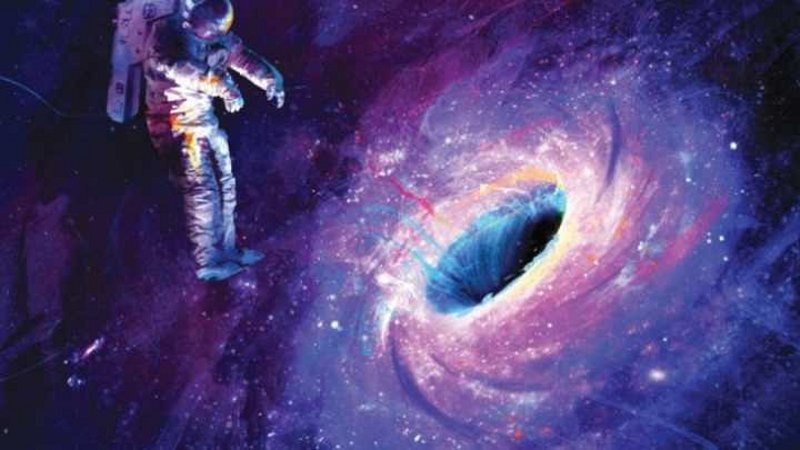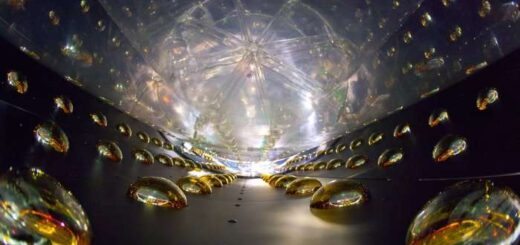Black Holes May Be Holograms And Proof We Are Living In A Holographic Universe
Black holes belong to some of the most mysterious objects in the Universe.
Despite plenty of research there is still a lot we don’t know about these giant monsters and some scientists are wondering if these objects are of artificial origin. Is it possible black holes are giant holograms? If so, how were they created, by whom and for what reason? Could this controversial theory also offer proof we are living in a holographic universe?
In our own galaxy, the Milky Way there as many as 100 million black holes. Some of these monster black holes have a mass about 10 billion times greater than the Sun!

By using quantum gravity scientists constructed a model of black holes and the calculations indicate that black holes may be holograms! This means that although black holes are believed to have three dimensions, they may in fact be two dimensional projections.
The results of the study, published in the journal Physical Review Letters are consistent with a theory known as the holography hypothesis, which suggests the universe itself may be a two dimensional surface that we cannot see.
“We were able to use a more complete and richer model compared with what done in the past, and obtain a far more realistic and robust result.
This allowed us to resolve several ambiguities afflicting previous calculations,” Dr Daniele Pranzetti, a physicist at the Max Planck Institute for Theoretical Physics in Munich, Germany said.
The model makes sense of the inconsistencies between Einstein’s theory of gravity and quantum physics, particularly the black hole information paradox.
After all, if the previous belief that everything a black hole absorbs gets destroyed is true, then it ultimately clashes with the theory that information, just like energy, cannot be destroyed.
Quantum gravity assumes the fabric of space-time is made up of grains known as quanta and explores the effects of gravity at these tiny scales.
The researchers were able to construct calculations that looked at the gravitational impacts that collections of these quanta, known as condensates, together would have.
It could provide a way of modelling what may lie at the heart of black holes according to the behavior of the gravity they produce.
Dr Pranzetti said: ‘The idea at the basis of our study is that homogenous classical geometries emerge from a condensate of quanta of space introduced in a Loop Quantum Gravity in order to describe quantum geometries.’
In our daily life we are not aware that we may, in fact, live in a hologram and our existence is a holographic projection, nothing more.
All what we believe is real, our whole physical world, is – in fact – an illusion being proved by the holographic universe, one of the most remarkable theories of 20th century.
A theory that depending on which college textbooks or thesis studies you read, is either supported or has tried to be disapproved.
Renowned theoretical physicist Stephen Hawking has stated previously that, given enough time, black holes will evaporate theoretical physicists supports the idea that black holes are not even holes at all.
So, what should we think of all this? Obviously, the holographic universe theory still lacks conclusive evidence, but we cannot dismiss the possibility our reality may be completely different than most of us think.
Or was the Universe especially designed for us by a cosmic creator, as some have suggested?



 Creators of mankind
Creators of mankind Description of “Tall white aliens”
Description of “Tall white aliens” Where they came from?
Where they came from? About hostile civilizations
About hostile civilizations The war for the Earth
The war for the Earth “Tall white aliens” about eternal life
“Tall white aliens” about eternal life Video: “Nordic aliens”
Video: “Nordic aliens” Aliens
Aliens Alien encounters
Alien encounters The aliens base
The aliens base UFO
UFO Technology UFO
Technology UFO Underground civilization
Underground civilization Ancient alien artifacts
Ancient alien artifacts Military and UFO
Military and UFO Mysteries and hypotheses
Mysteries and hypotheses Scientific facts
Scientific facts


















